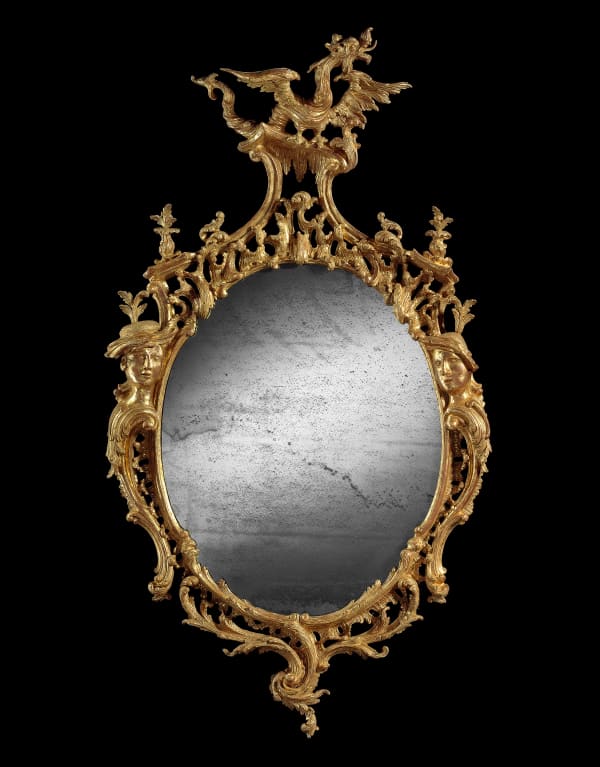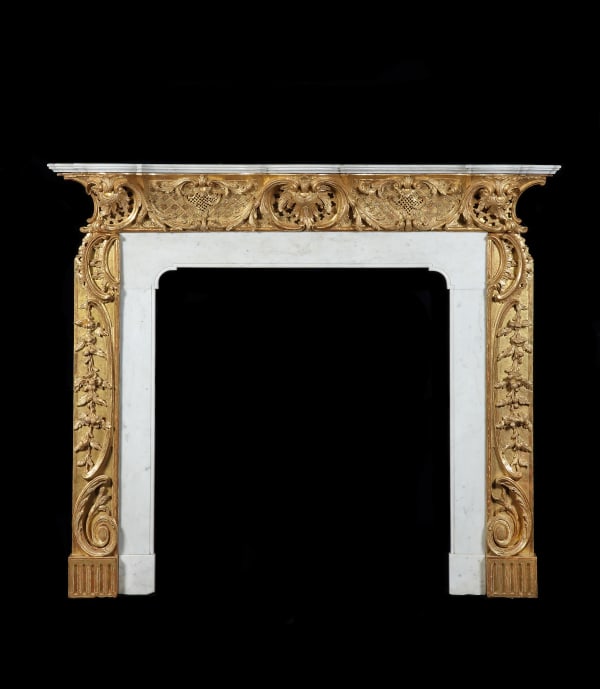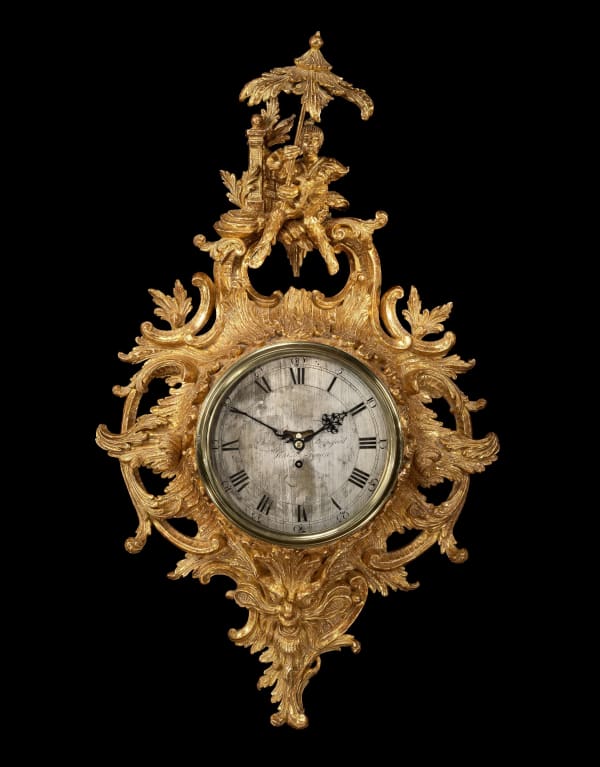Thomas Johnson 1723-1799
-
Overview
Born in 1723, Thomas Johnson became one of the most creative mid-18th century carvers, celebrated for his remarkable imagination and eccentricity. At the age of thirteen, he was apprenticed to his cousin, Robert Johnson, before becoming a journeyman in James Whittle’s workshop, where he met Matthias Lock. Despite having a rather chequered personal life, his professional talents distinguished him as one the great interpreters of the English Rococo.
In 1755, Johnson published his designs with the first edition of ‘Twelve Girandoles’ which, although only a slim volume, brought his talents to a wider audience. This was then followed by a series of fifty-three designs published between 1756 and 1757.
Thomas Johnson’s trade as a carver rather than a cabinet-maker, resulted in designs that were arguably far more inventive than his cabinet-maker contemporaries, for example Chippendale and Mayhew and Ince. Johnson concentrated his efforts on the design of wall lights, girandoles and console tables, which allowed him to play with forms and motifs. Playful and sometimes narrative in their subject matter, he often took inspiration from the rustic light-hearted tales of Aesop's Fables.
Thomas Johnson undertook a lot of freelance work as a designer, and we believe he likely collaborated with Thomas Chippendale on some of the designs for the Director, as well as working for him as a carver. This would also explain the many crossovers and similarities between the two men's work.
-
Works by Thomas Johnson





